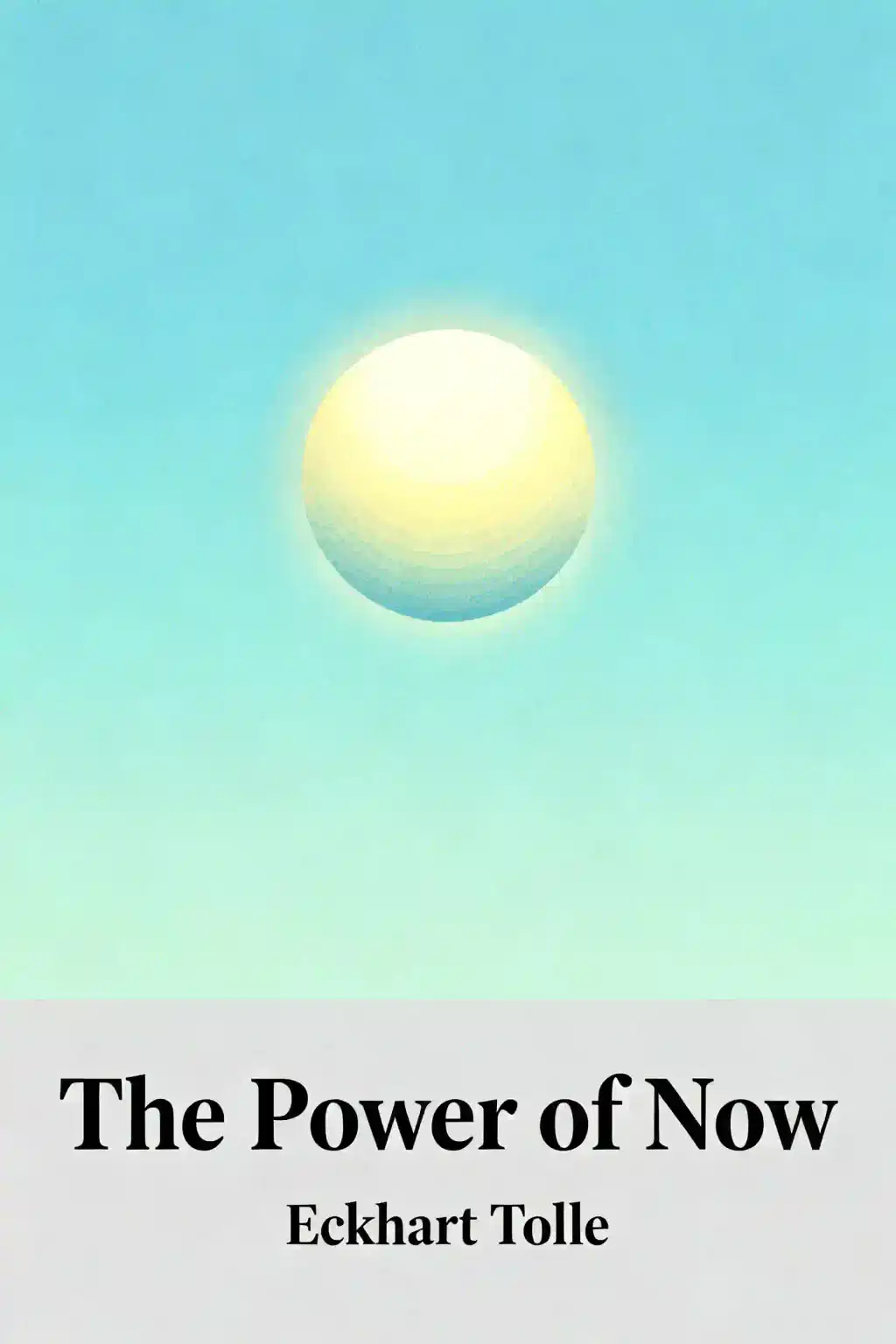What is
A New Earth by Eckhart Tolle about?
A New Earth explores awakening human consciousness by transcending ego-driven thinking to achieve inner peace. Tolle explains how ego identification creates suffering, offering practices like presence, acceptance, and detaching from mental narratives to align with one’s true self. Key themes include the “pain-body” (accumulated emotional trauma), abundance through gratitude, and embracing impermanence to find purpose.
Who should read
A New Earth?
This book suits seekers of spiritual growth, those struggling with anxiety or dissatisfaction, and readers interested in mindfulness. It’s valuable for anyone questioning their life’s purpose or seeking freedom from negative thought patterns. Critics note its abstract concepts may challenge logic-driven readers, but its teachings resonate with fans of The Power of Now and Oprah Winfrey’s audience.
Is
A New Earth worth reading?
Yes, for its transformative insights on ego dissolution and living authentically. While some find its spiritual terminology vague, many credit it with reducing stress and improving relationships. Oprah’s 2008 book club endorsement solidified its popularity, though newcomers to Tolle’s work may prefer starting with The Power of Now.
What are the main concepts in
A New Earth?
- Ego identification: The false self built on roles, possessions, and opinions.
- Pain-body: Subconscious emotional residue that fuels reactivity.
- Presence: Anchoring awareness in the current moment to bypass ego.
- Inner purpose: Aligning actions with consciousness rather than external goals.
What does Eckhart Tolle mean by “awakening”?
Awakening refers to recognizing oneself as the observer of thoughts, not the thoughts themselves. This shift from egoic mind-identification to conscious presence allows individuals to respond calmly to life’s challenges. Tolle calls this “the flowering of human consciousness”.
What are key quotes from
A New Earth?
- “Acknowledging the good already in your life is the foundation for abundance” – Highlights gratitude as a gateway to prosperity.
- “The source of all abundance is within you” – Emphasizes internal over external fulfillment.
- “The pain-body wants to survive. It will feed on any experience that resonates with its vibration” – Explains how negativity self-perpetuates.
How does
A New Earth address suffering?
Tolle asserts suffering stems from resistance to “what is” and overidentification with the ego’s stories. By practicing acceptance and observing thoughts without judgment, readers can dissolve the pain-body and access innate peace.
What criticisms exist about
A New Earth?
Some critique its repetitive structure, lack of scientific backing, and oversimplification of trauma. Religious readers occasionally dispute Tolle’s interpretations of Christian concepts. However, supporters argue the book’s value lies in experiential application, not intellectual debate.
How does
A New Earth compare to
The Power of Now?
While both teach presence, A New Earth expands on collective consciousness and societal transformation, whereas The Power of Now focuses on individual enlightenment. The later book also delves deeper into ego dynamics and relationships.
Why is
A New Earth relevant in 2025?
Its teachings counter modern stressors like digital overload and existential anxiety by advocating mindful detachment. Concepts like “inner space” resonate amid AI advancements, offering a framework to maintain humanity in tech-driven societies.
How can I apply
A New Earth’s lessons daily?
- Label egoic thoughts: Ask, “Is this thought serving me?”.
- Practice gratitude mornings: List 3 non-material blessings.
- Pause before reacting: Create space between stimulus and response.
What does “pain-body” mean in
A New Earth?
The pain-body is Tolle’s term for stored emotional pain that reactivates during conflicts or stress. By observing it non-judgmentally—rather than feeding it with negative thoughts—its grip weakens over time.




















